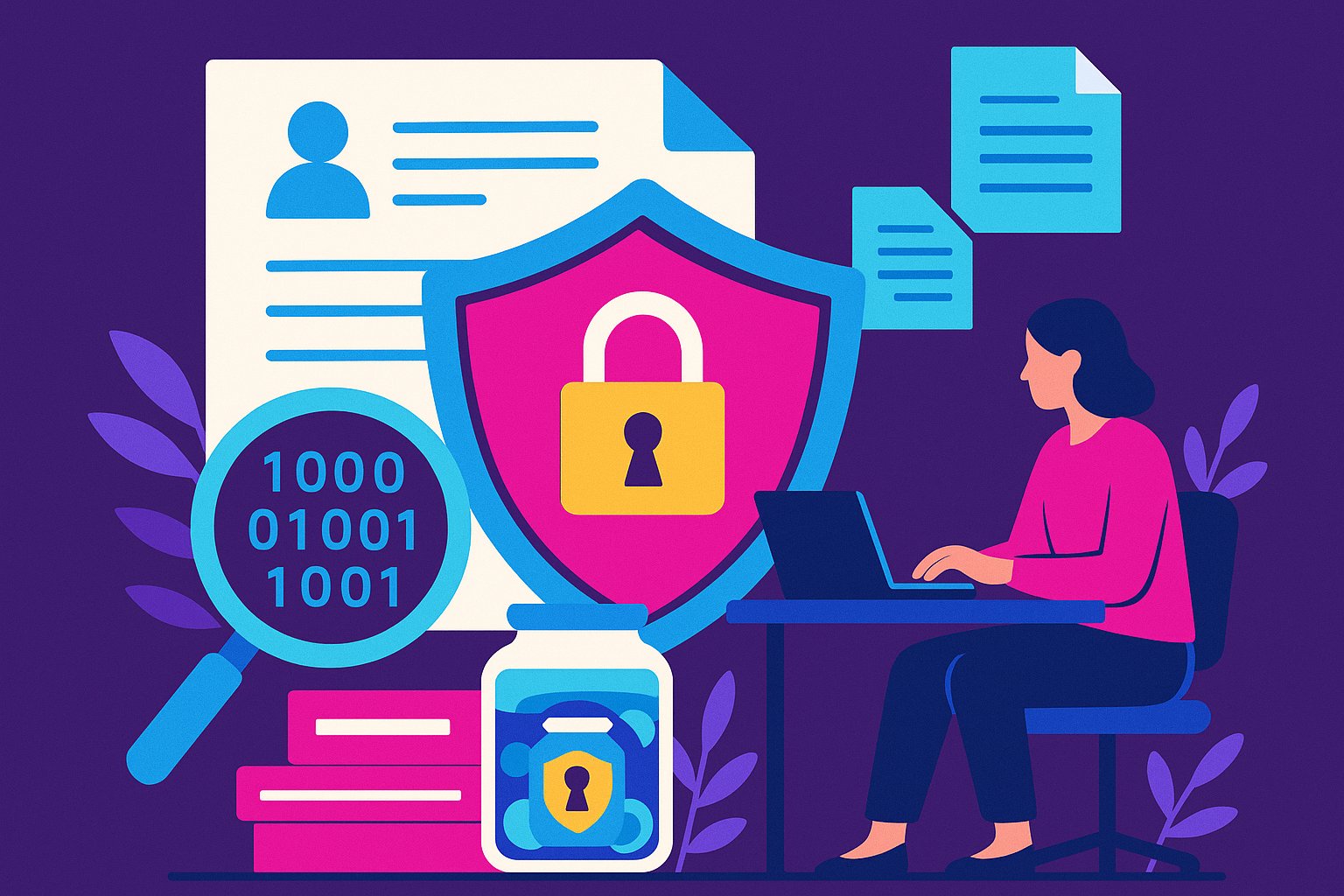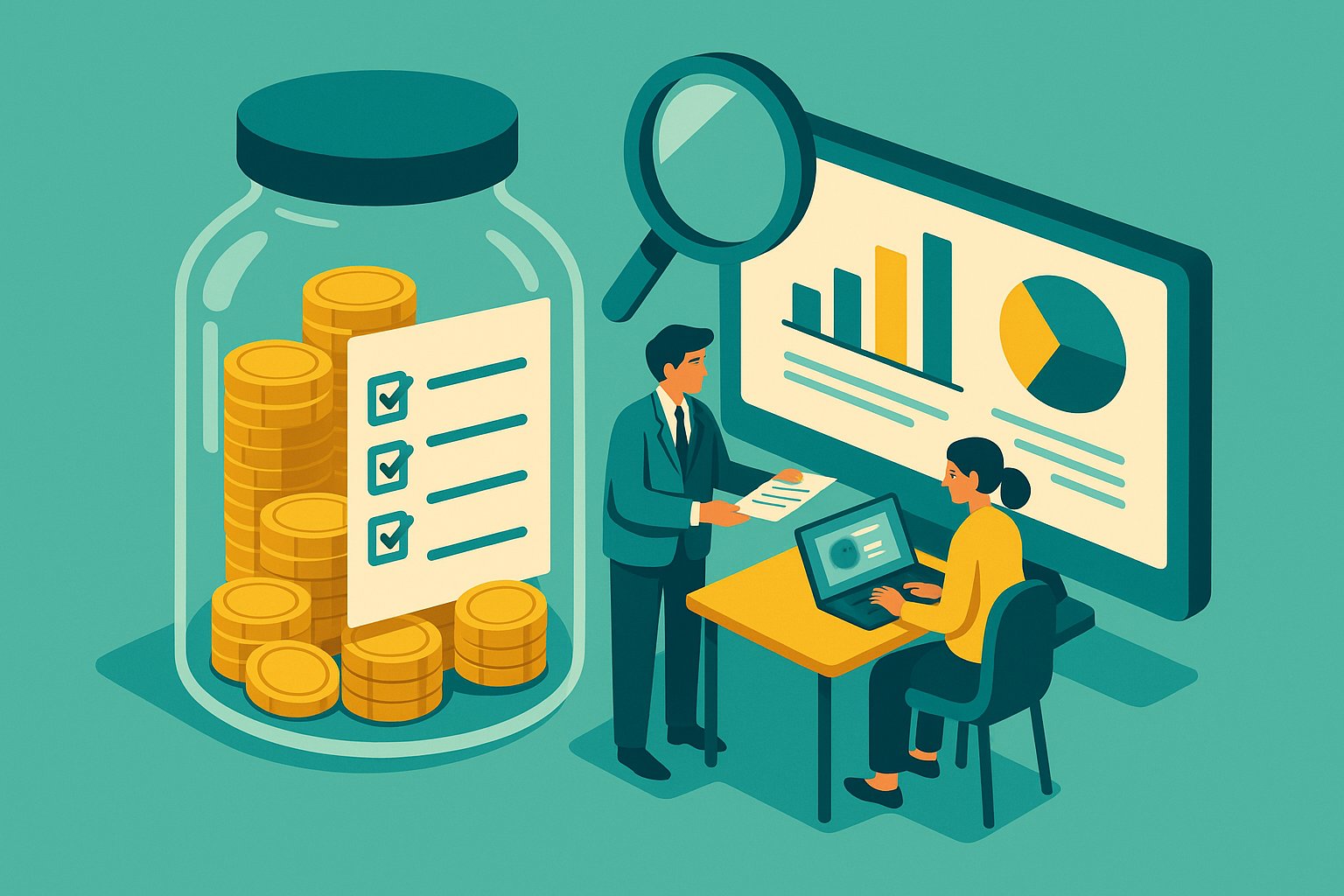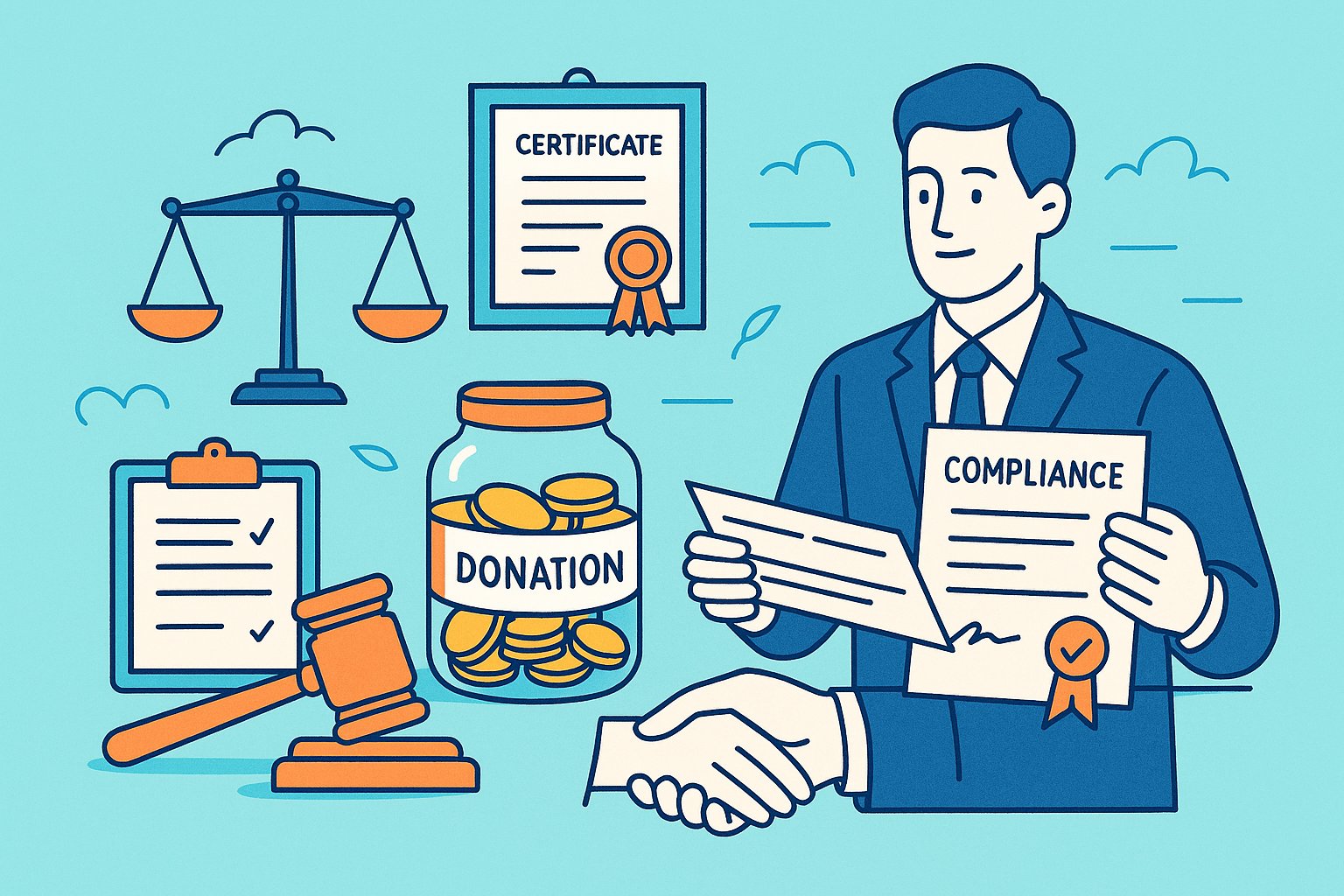Fostering Confidence with Clear Privacy Policies
In an era where data breaches dominate headlines, ensuring donors feel safe sharing personal information is vital to ethical fundraising. Your campaign’s reputation hinges on how well you articulate the measures you take to protect donor privacy, from the moment someone clicks “donate” to the long-term stewardship of their data. Crafting a clear, accessible privacy policy reassures contributors that you value their trust as much as their financial support. By outlining what information you collect, how you use it, and the safeguards in place, your organization sets a tone of transparency that resonates deeply with today’s conscientious supporters. When donors perceive that their data is handled with integrity, they are more likely to engage enthusiastically, contribute generously, and champion your cause to peers.
Collecting Donor Data Responsibly Without Compromise
Every fundraising campaign begins by gathering essential donor information—names, email addresses, mailing addresses, and perhaps phone numbers or payment details. Yet, collecting this data in a manner that respects personal privacy demands thoughtful strategy. First, streamline the information you request. Only ask for what is necessary to process donations and deliver follow-up communications. If your campaign involves tax-deductible receipts, clarify that additional address details are required for compliance; otherwise, keep forms succinct and unobtrusive. This minimalist approach signals respect for donor boundaries and reduces the risk of unnecessary data exposure.
Equally important is selecting secure, reputable donation platforms that prioritize data protection. Before integrating a third-party processor or CRM, investigate its security certifications—such as GDPR compliance, PCI DSS standards for payment processing, and ISO 27001 for information security management. By choosing a vendor that adheres to rigorous data-handling protocols, you safeguard donor details from the outset. When donors see that their personal data is routed through industry-leading systems, they feel confident that your organization is serious about confidentiality. Remember, the initial point of contact—your donation form—can become a powerful trust-building tool when designed with privacy at its core.
Safeguarding Information with Robust Storage Strategies
Once you collect donor data, the next critical step is ensuring it remains protected throughout its lifecycle. Donor lists, payment histories, and personal preferences are invaluable assets, yet they also present potential risks if mishandled. To fortify your defenses, implement a multi-layered storage strategy that combines encryption, access controls, and regular security audits.
Encrypting sensitive data both in transit and at rest is a non-negotiable best practice. When information travels over the internet—such as when a donor submits credit card details—it should move through SSL/TLS protocols to prevent interception. Similarly, stored records need robust encryption algorithms so that even if a breach occurs, the data remains unreadable without the proper decryption keys. Utilize encryption tools that align with current industry standards and regularly update them to guard against emerging threats.
Beyond encryption, granular access controls ensure that only authorized personnel can view or modify donor information. Adopt the principle of least privilege: employees should have access only to the specific data necessary for their roles. For instance, a social media coordinator may need aggregate metrics for reporting but should not access individual credit card numbers or home addresses. By restricting data access based on function, you limit the potential impact of human error or insider threats.
Finally, schedule periodic security audits to validate your storage mechanisms. Engage third-party experts to conduct penetration testing and vulnerability assessments. These independent evaluations often reveal hidden weaknesses that internal teams might overlook. Demonstrating a commitment to ongoing security checks reassures donors that their information remains shielded by vigilant, proactive measures. A campaign that actively audits its data infrastructure underscores its dedication to respecting donor privacy.
Securing Donor Consent and Promoting Transparency
Solid privacy practices revolve around obtaining and honoring donor consent at every stage. In the fundraising context, consent means more than clicking an agreement checkbox—it signifies a clear understanding of how personal information will be used, stored, and potentially shared. To cultivate genuine consent, craft language that is readable and straightforward, eschewing legalese in favor of plain terminology. For example, rather than presenting a vague statement like “We may share your data with third parties,” specify the types of partners involved—such as payment processors, mailing vendors, or tax authorities—and the exact purpose of each data exchange.
In addition to clarifying data uses, inform donors of their rights regarding opt-outs and data deletion. If a contributor decides they no longer wish to receive newsletters or promotional content, outline an uncomplicated process for unsubscribing. Likewise, acknowledge that donors can request removal of their personal information from your databases, honoring these requests within a reasonable timeframe. By respecting these preferences, you demonstrate a profound regard for individual autonomy and reinforce ethical stewardship of personal data.
Coupled with transparent language, ongoing communication fosters a sense of accountability. Consider sending periodic reminders about privacy policies, especially if there are significant updates or changes in data-sharing practices. A simple email stating, “We have updated our privacy policy to include stronger security measures and expanded donor controls,” invites supporters to review and reaffirm their consent. This proactive approach highlights your organization’s attentiveness to data ethics, encouraging donors to maintain confidence in your fundraising endeavors.
Ensuring Secure Channels for Donor Communications
In the digital era, donors expect prompt responses to inquiries and up-to-the-minute updates on campaign milestones. Yet, the very tools that facilitate swift communication—email, social media, SMS—can introduce vulnerabilities if not handled securely. Establishing protected channels for donor interactions is essential to prevent phishing, spoofing, or other malicious attacks that could undermine trust in your campaign.
Begin by enforcing strong authentication protocols for any staff members who manage email accounts or social media profiles. Two-factor authentication (2FA) adds an extra layer of security, requiring not just a password but a secondary verification step—often a unique code sent to a mobile device—to access sensitive accounts. This simple measure thwarts unauthorized logins and safeguards donor inboxes from fraudulent solicitations that might appear to come from your organization.
Wherever feasible, adopt encrypted messaging tools for high-stakes communications, especially if discussing personal donor data or payment information. Secure platforms such as encrypted email services or messaging apps help ensure that sensitive details do not traverse unprotected channels. If donors ever ask to share personal identifiers or financial documents, direct them to upload files via encrypted portals rather than send attachments through unsecured email. By guiding supporters toward private, encrypted exchanges, you illustrate a genuine commitment to defending their confidentiality.
In situations requiring mass outreach—such as campaign announcements or appeals—vet your email marketing provider’s security credentials. Look for features like domain authentication (SPF, DKIM, DMARC) to verify legitimate sender identity and reduce the risk of your messages being mimicked by bad actors. Regularly monitor your domain’s reputation and address any suspicious email activity swiftly. When donors see that communications bearing your campaign’s signature arrive securely and reliably, they feel confident engaging without fear of data compromise.
Maintaining Compliance Through Ongoing Ethical Audits
Ethical fundraising transcends one-off data protection measures; it requires a culture of continuous review and improvement. Regulatory landscapes shift, technology evolves, and new threats emerge—each necessitating periodic reassessment of your privacy practices. Establishing a routine for ethical audits reinforces accountability and ensures that your fundraising efforts stay aligned with both legal requirements and moral imperatives.
Begin by convening an interdisciplinary team—legal advisors, IT specialists, fundraising managers, and possibly volunteer representatives—to conduct comprehensive audits at least annually. Review existing privacy policies, donor data inventories, and security logs to identify gaps or inconsistencies. During this process, ask critical questions: Are we collecting data beyond what we need? Do we have documented procedures for data breach response? Is our staff well-trained in privacy protocols? Honest answers to these inquiries often reveal areas requiring immediate improvement.
Equally important is staying apprised of evolving regulations. Privacy laws—such as the General Data Protection Regulation (GDPR), the California Consumer Privacy Act (CCPA), and sector-specific guidelines—affect how nonprofits handle donor information. Even if your campaign has historically relied on donor support primarily from one region, globalization of fundraising efforts means foreign donors may become involved. Periodically consult legal experts to confirm that your practices remain compliant across jurisdictions. Demonstrating adherence to current laws not only averts penalties but also amplifies donor confidence that you operate within an ethical framework.
As part of each audit cycle, solicit feedback directly from donors. Incorporate brief surveys or feedback forms that let contributors comment on the clarity of your privacy communications and share any concerns they might have. These insights often reveal practical, ground-level perspectives that may escape internal reviews. When donors recognize their voices influencing policy refinements, they feel valued, and their sense of partnership with your organization deepens. By embedding ethical audits into your fundraising rhythm, you safeguard donor privacy while reinforcing a culture of continuous integrity.
Illuminating Your Pledge: Sustaining Privacy and Trust
The final, enduring practice of ethical fundraising hinges on maintaining an unwavering dedication to privacy that extends far beyond a single campaign. Each initiative you undertake represents a pledge to donors—an unspoken contract that their data will remain sacrosanct. To sustain this pledge, weave a narrative of accountability into every aspect of your fundraising communications. Regularly recount success stories that highlight how donor contributions fueled tangible outcomes without compromising personal information. Show how your team navigated complex privacy challenges, transparently stating the steps taken to rectify issues or bolster security measures. In doing so, you transform abstract privacy policies into relatable stories of stewardship.
Moreover, cultivate a community ethos that amplifies responsible data behaviors among all stakeholders—staff, volunteers, board members, and long-term supporters. Provide ongoing training sessions to reinforce best practices and spotlight emerging threats, from malware attacks to deceptive social engineering schemes. Equip your entire network with the knowledge to identify potential risks, report suspicious activity, and uphold donor privacy norms. When everyone involved in your campaign speaks the same language of ethical data management, you erect a formidable collective defense against breaches or lapses.
In addition to internal vigilance, consider certifying your organization through recognized privacy seals or ethical fundraising associations. Displaying badges or accreditations from reputable entities signals to donors that third-party experts have validated your privacy commitments. While earning such certifications demands investment of time and resources, the long-term dividends—heightened donor confidence and expanded supporter networks—can be invaluable. Prospective contributors often gravitate toward campaigns bearing credible endorsements, knowing that these banners reflect rigorous standards.
Above all, understand that transparency itself is a living, evolving practice. The moment you rest on your laurels is when privacy vulnerabilities are most likely to emerge. Keep your finger on the pulse of technological advances—encryption breakthroughs, regulatory changes, donor expectations—and adapt your strategies accordingly. When you embed privacy into the very culture of your organization, ethical fundraising becomes second nature rather than a reactive checklist. Donors sense this authenticity and reciprocate with loyalty and generous support. Ultimately, the most successful campaigns are those that treat privacy not as an afterthought, but as an integral expression of respect for each individual who chooses to believe in—and invest in—your mission.




